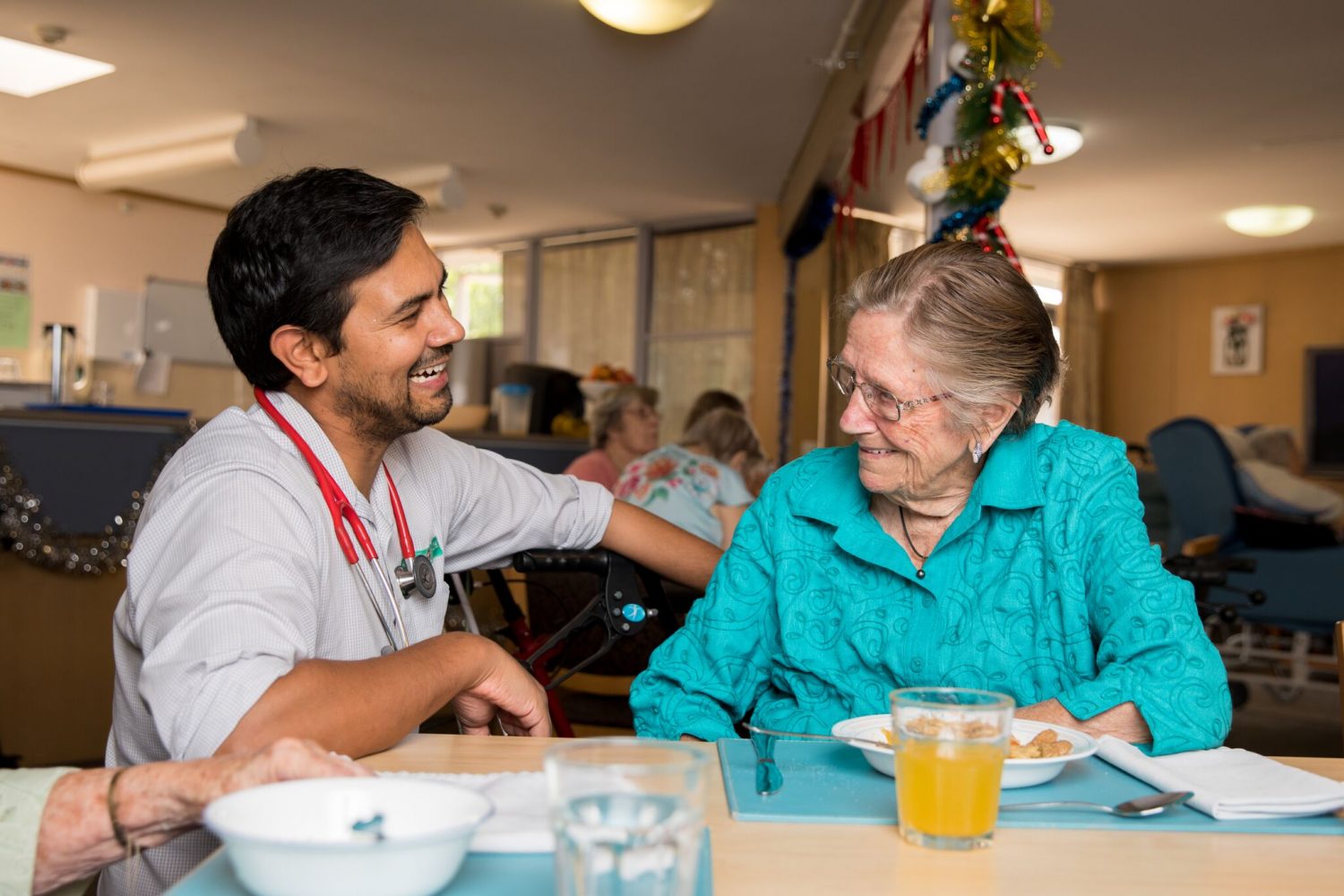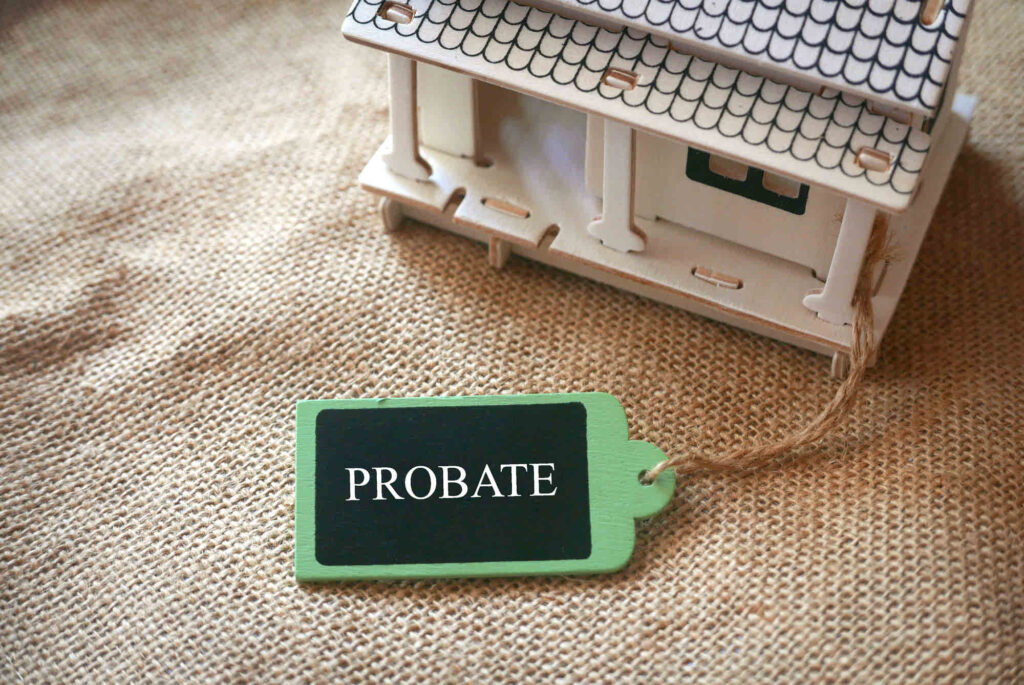As we or our loved ones grow older, additional care and support may become necessary. In Australia, a broad range of aged care services exists to accommodate different levels of care needs, lifestyle preferences, and financial circumstances. Understanding the available options—and how they are paid for—is essential for making informed decisions.
Types of Aged Care Accommodation and Services
There are three main types of aged care arrangements in Australia:
1. Residential Aged Care (Nursing Homes)
These facilities offer 24-hour care for individuals requiring ongoing assistance with daily activities or complex medical needs. Accommodation may include private or shared rooms and access to dining areas, social spaces, and gardens.
2. Retirement Villages
Designed for independent seniors, these communities offer self-contained units or apartments with optional support services. Amenities often include recreational facilities, communal dining areas, and organised social activities.
3. Home Care
Home care enables individuals to receive care while remaining in their own homes. Support can include help with personal care, cleaning, meal preparation, and even nursing services. It is a flexible option for those wanting to retain independence.
Each option has unique advantages, depending on personal needs, lifestyle, and budget.
Payment Models and Costs
Different financial models apply depending on the type of care chosen. Common models include:
Rental or Leasehold
This allows individuals to lease a unit in a retirement village. Ongoing rental fees usually cover the accommodation and use of shared facilities. Always review lease terms carefully to understand rights and responsibilities.
Loan-Lease Arrangement
A lump sum is paid upfront to secure occupancy of a unit or room for a specified period. Often, a portion of the upfront payment is refundable upon exit.
Outright Purchase
Some retirement village units may be purchased outright. These arrangements are often different from standard property ownership and typically include restrictions on sale or usage, as well as exit and refurbishment fees.
Residential Aged Care Payments
For residential aged care, the following payment options apply:
- Refundable Accommodation Deposit (RAD): A lump sum that is refunded (less any agreed deductions) upon departure.
- Daily Accommodation Payment (DAP): An alternative to RAD, paid as a daily fee based on interest applied to the RAD amount. This is non-refundable.
Some providers may offer a combination of RAD and DAP, depending on your financial preferences.
Leaving the Facility
Upon leaving, facilities will refund any RAD paid—less agreed fees—within a regulated timeframe. Exit fees and conditions can vary significantly between providers, so careful review of the contract is essential.
Reforms Ahead: The Aged Care Act 2024
From 1 November 2025, the Aged Care Act 2024 will introduce wide-ranging reforms, including:
- A Statement of Rights for all recipients
- A Single Assessment System for accessing care
- Stronger provider accountability and transparency
- Updated Aged Care Quality Standards
The aim is to create a more person-centred, rights-based system that is easier to navigate and focused on delivering high-quality care.
Final Thoughts
Understanding aged care options early can significantly ease the transition when the time comes. Whether you’re planning for yourself or a loved one, we recommend seeking professional advice before entering into any aged care agreements. If you have questions, our experienced legal team is here to help.





